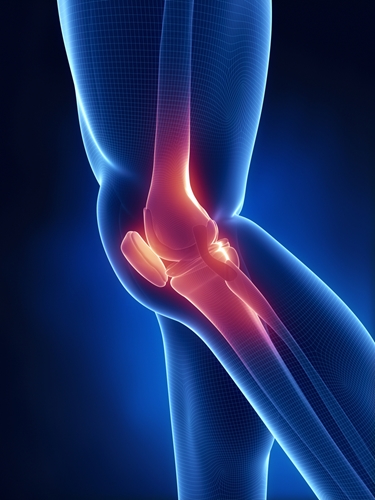Cadaver study shines light how knee shape can predict ACL surgery candidates
Digital technology, such as electronic health records, is changing the face of medicine, allowing new opportunities that never even seemed plausible a decade ago. For instance, being able to readily view X-rays and other diagnostic images with the click of a mouse can allow orthopedic specialists to know whether a patient is a good candidate for ACL reconstruction.
When it comes to ACL tears, recent studies have brought to light that surgery is not always the only option. In fact, research has shown that rehabilitation can be just as effective in long-term recovery as the operation. Now, scientists from the Hospital for Special Surgery in New York City reveal that, by looking specifically at the shape of a person's knee, doctors can predict whether patients would benefit from ACL surgery.
The researchers, whose findings were published in the Proceedings of the Institution of Mechanical Engineering, looked at the knees for nine cadavers. They placed sensors on the joints and then used a machine to simulate walking. They did this with the knees in tact and then again after cutting the ACL.
After collecting the data, the study's investigators found that while all knees with ACL tears had high stresses in the posterior side of the tibial plateau, some also experienced high stresses on the anterior side. It is the shape of the front side that can indicate whether a person should undergo surgery.
"The knees that showed changes in the front of the knee had specific shape features. For example, they had a less concave tibial plateau," said Suzanne Maher, associate director of the biomechanics department at the Hospital for Special Surgery. "If the tibial plateau has a very deep valley and then you have a femur (thigh bone) sitting in a deep well, that is going to give you a very stable knee. So, when you tear your anterior cruciate ligament, it is not going to have a huge effect."



